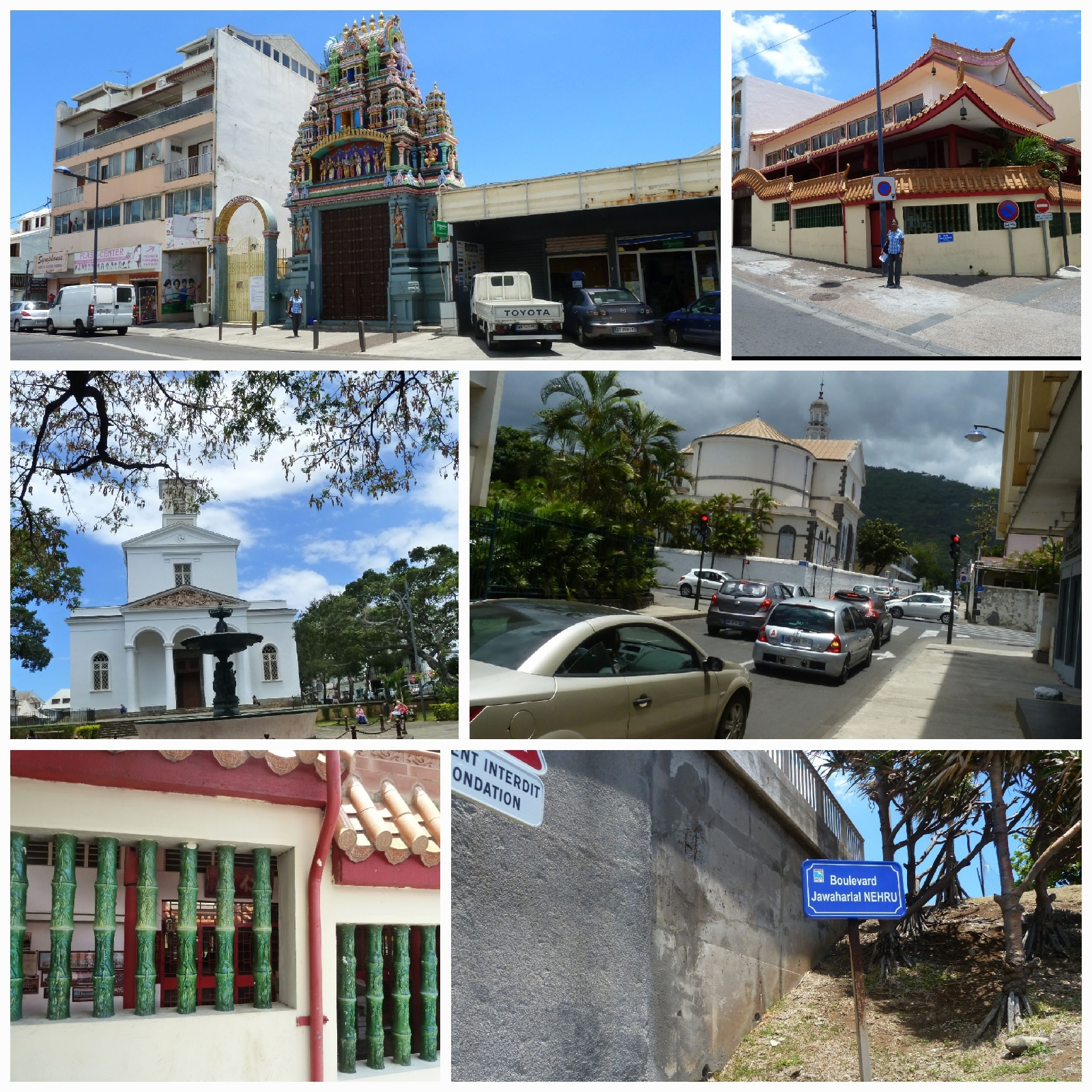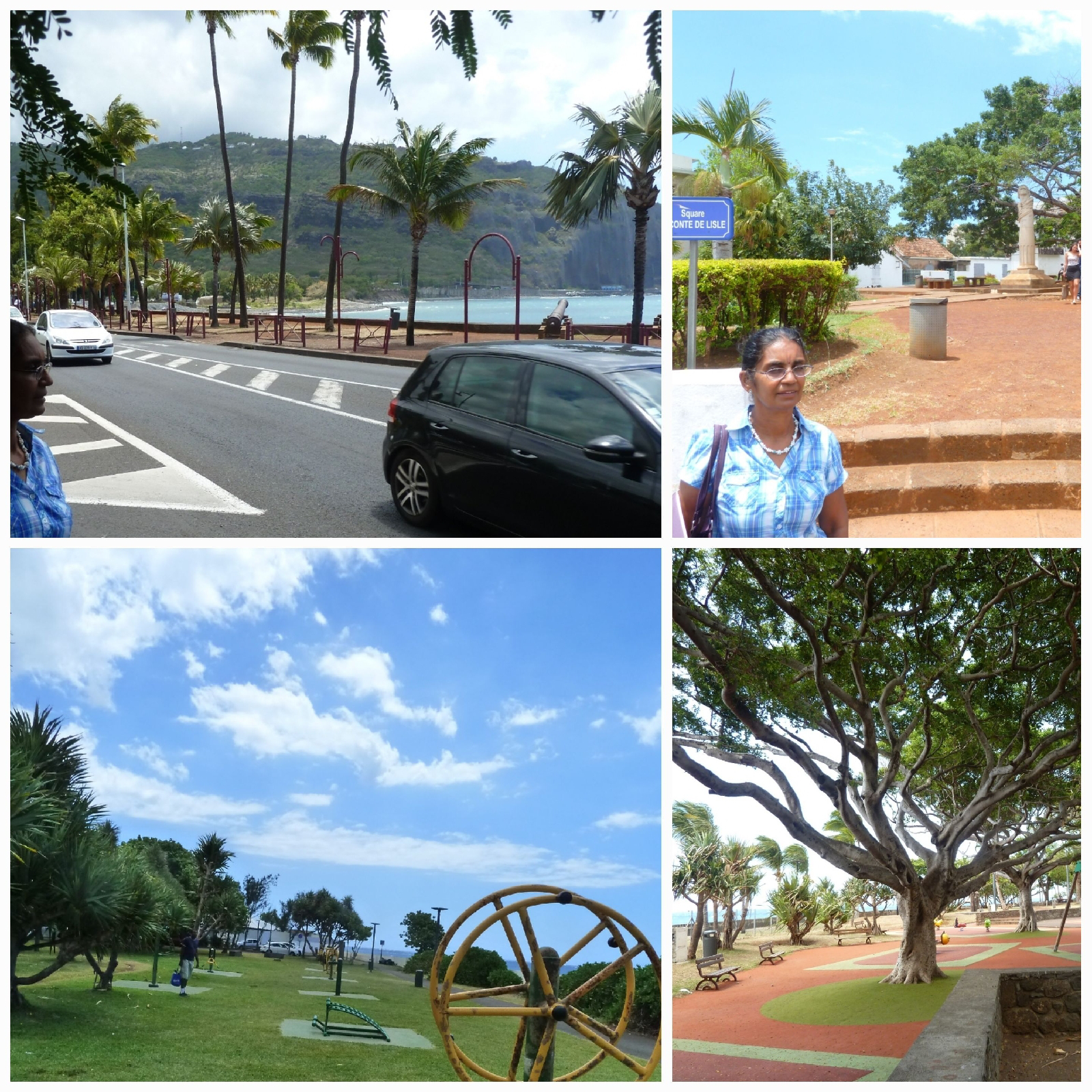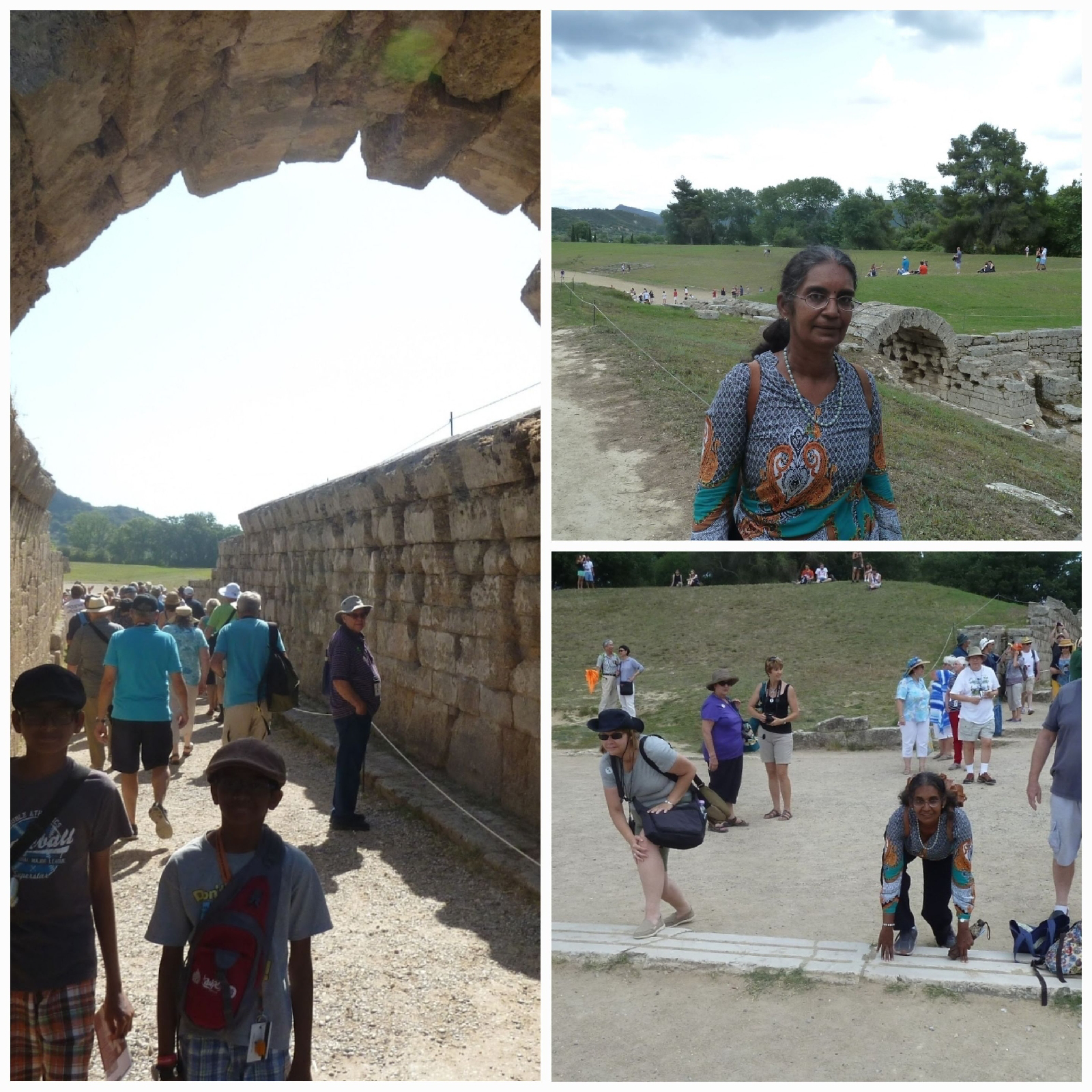Curbed by language, time and transport
When we dock at the major port in Reunion Island, a French territory in the indian Ocean, closer to Mauritus and Madagascar than to France, we are shuttled to the bus stop at La Possession. From here we take the local bus to St Denis, the capital as well as the most populous city on the island. We could have taken buses to other parts of the island, 42% of which is a national heritage park boasting volcanoes, calderas and waterfalls ( including Niagara Falls and Bridal Veil Falls!) but the connections and timings as well as our limited knowledge of French or Creole (not that it has bothered us before while travelling in Portugese or Spanish speaking countries in South America, or France) we do not venture further way from English speaking areas. More importantly we cannot afford to 'miss the boat'.Dare devils?
The 40 min 22 km ride from La Possession to St Denis takes the coastal route with astounding views of the bay and cliffs(covered with nets to arrest rockfalls) that border the highway. At one point we glimpse three figures rappelling down the cliffs. Are they maintenance personnel or thrill seekers?
Really? A city? French?
We alight at the bus terminal. All the chatter around us is in Creole. There are very few people up and about. Is it too early in the morning? Office goers are probably already at their desks. As we leave the terminal in one of the furthur exits a golden gleam catches our eye. Screwing our eyes we are met with disbelief. It is a revelation. It's the top of a Hindu Temple tower! Naturally curiosity nudges us towards it. We negotiate two streets behind the temple before we reach its traditional gates. Alas, it is closed. We wait to see if someone would come by and tell us more about the building. Sure enough a dark skinned man appears on his bicycle and stops at the gate. He tells us this colourful temple dedicated to Kali Amman ( a female Hindu deity) only opens in the evening then rides away on his errands.
We are practically on our own traversing the streets which seem to be in a truly cosmopolitan part of the city. Within a short distance of each other are a Pagoda, a Mosque and a Hindu Temple. What more, the road next to the temple carries the name of Jawaharlal Nehru, the 1st Prime Minister of India. Also in this area are the Petite and Grand Marches, enclosed in wrought iron, the first for mostly market produce and the latter for both produce and ethnic crafts which reflect the cosmopolitan nature of the city. However many of the stalls are closed. Only a handful of people are in the vicinity.
We decide to walk towards the more historic looking buildings. We begin to experienceva bustle very becoming of a capital city. Traffic is picking up.The city is very easy to negotiate, since all the streets form a neat grid typical of colonial posts. The architecture is modern with elements of French like the wrought iron balconies, gates and fences and muted colours. There also the Victorian patio lace and colonial columns as seen in the Villa du General built in the creole style. The old town hall is now a hotel. The Churches are also situated around here.
Nearly Laundered: not decapitated
The walk takes us past several important looking buildings towards the square facing the Esplanade. For the first time we encounter a self cleaning toilet. Somewhat like Japanese toilets, there is an array of buttons for various functions, including self clean. The labels are easy enough to interpret but the instructions are practically non-existent. Do you press self clean while you're in it? How do you do it if you are already out? Press and leave or press and stay? Inadvertently the second happened. The floor began to 'flood' . Would I be sprayed from above. Would cleaning gadgets attack me? Of course I made a quick exit with only the wet hem of my pants as proof of my experience. I'd rather see how it all works on a video.
Interestingly the park had been created nearly a hundred years ago for an exhibition. It is the very place where, lin 1940, 2 men were guilotined for the murder of an elderly woman in 1940.
Azure skies, balmy breeze
Walking the waterfront promenade, the Barachois Waterfront, takes us from an array of cannons facing the Indian Ocean towards the bus terminal. Shady trees, park benches and mechanical exercise machines border the path.
Could haves
We could have walked furthur towards the botanical gardens and into the various suburbs of the city to get a better vibe of the culture -- its harmonious social diversity, heritage and cuisine are reflected in the store fronts. It seems the Chinese and Gujeratis from India immigrated here in the 1890s. In the 1900s Muslims followed.
On our ride back we are able to better appreciate the clean, quiet, orderly neighbourhoods the amenities within easy reach. We also drive by what looks like a ware house now refurbished into restaurants. St. Denis's economy depended heavily on coffee exports and these warehouses must have housed the commodity during the times of the East India Company. Now the economy relies heavily on sugar.
Trivia
The son of Emperor Duy Tân (of Vietnam) , a jazz musician, was born here. In his final years he resided, with his family, in Saint-Denis.



























